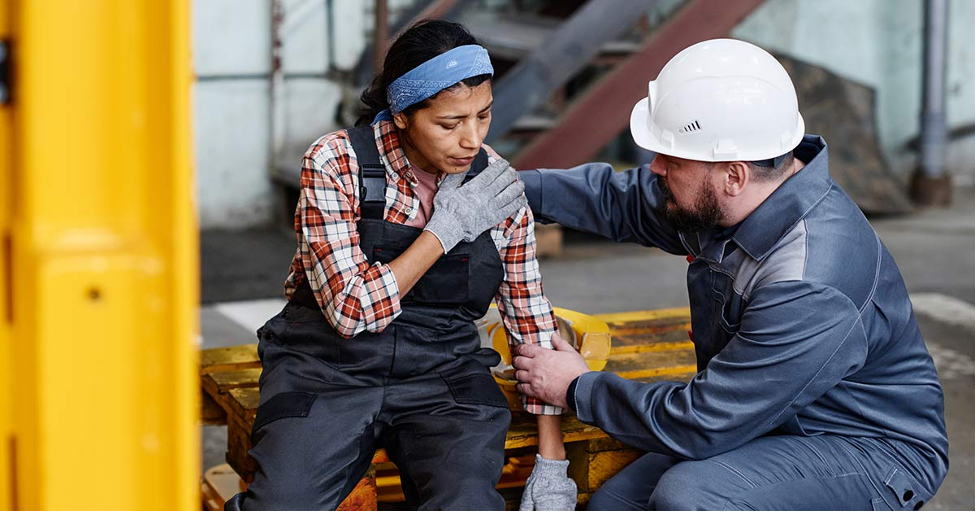Risk management has become an important management tool when talking about reliable, suitable, adequate and subsequently more efficient project systems. Analysing non-quality risk is possibly the most vital aspect of planning suitable quality systems for building conforming to specifications. Although many techniques are available to practitioners for analysing and mitigating project risk management, there is rarely any focus on technical risk analysis. In most cases, risk management focuses on cost and time risk, whereas very little attention is paid to technical or quality risk. In this article, we will talk about the technical risks of construction.
Technical risk in construction
Technical risk can be described as any component which restricts or reduces the ability to create the product as per the customer demands/preferences. This can include different factors such as uncertainty of resources, limited availability of materials, incomplete design, or inadequate site investigation. Employers and managers can use Edara Systems injury management software to manage construction risks.
Why is it essential to measure technical risk in construction?
Construction processes’ quality or technical risks are particularly complex as many technical characteristics are involved in building elements. Whenever failures or faults cannot be adequately quantified, the analysis tends to become qualitative, describing the configuration plan by focusing on functional relationships. Such a type of analysis focuses on the cause-and-effect relationship between different fault levels. The problem with such type of risk is that it lacks diversity, multiplicity or interdependence, causing failure to determine why the fault actually took place in the building phenomena. Therefore, reliable probabilities cannot be determined or utilised in decision-making.
However, subjective judgment dominates the entire risk analysis process when we focus on technical risk. As a result, a rational and systematic analysis of all building elements is done, focusing on the required technical characteristics. This focus on technical characteristics helps to develop criticality, allowing project managers to identify all actions aimed at reducing and preventing the risk of failure and defining the most effective organisational strategy to maximise the operator’s reactivity to failure.

Requirements for technical risk analysis in construction
Remember, risk analysis and evaluation should not only focus on the technical risk factors but also encompass environmental and organisational factors. This is because when technical risk analysis related to environmental characteristics is appropriately carried out, it produces specific organisational action strategies necessary for successful project execution.
Therefore, strategies should emerge from a systematic analysis, where all actions in construction quality management should be identified to minimise and prevent failure and develop appropriate organisational strategies. Contractual or project failure is a functional and organisational failure usually resulting from a lack of technical risk analysis. This is because organisational factors can weigh on the likelihood of technical faults, such as a dissatisfied relationship between a sub-contractor and a contractor, time constraints or neglect to adhere to safety protocols. Many inter-dependencies can be found between different types of failure.
Failure Mode and Effect Analysis (FMEA) is an analytical tool that can support decision-making in different planning stages. The typical phases of FMEA include the identification of error modalities, faults, and nonconformities and the investigation of the cause-effect relationship between them. This leads to identifying a risk index based on the error probability, severity and visibility that helps provide adequate measures for risk treatment.
Conducting a failure mode analysis can be beneficial if we take a qualitative approach to technical risk. In such an analysis:
- Functional analysis is done to identify a hierarchical tree of objectives.
- Requirements, analysis of activities, inputs and outputs is done to define acceptable, final or intermediate quality levels.
- Failure analysis is done following the fundamental principle of the FMEA approach.
- Risk analysis is applied to the critical points list to study organisational and technical risk factors.
- Risk reduction is based on corrective and preventive actions that reduce the construction process’s failure, faults and consequences.

Technical risk management in construction
The aim of technical risk management in construction is to transform knowledge of pathologies of the process, and its potential falls into a framework of specific risk evaluation for a particular project. The technical risk management stages include:
- Process and design review: Here, functional analysis is applied as a support to obtain a technical system function hierarchy that breaks down the structure of construction activities about their performance.
- Pathology and failure mode diagnosis: This is done in two phases, where an initial recurring fault and possible non-conformity analysis is done to identify the effects of deviation and performance losses. In the second phase, there is a careful evaluation of the lack of information and the gap between what information condition to expected activity level is studied as a pathology.
- Risk analysis: The analysis aims to create a risk index that can be interpreted to create a customised risk treatment plan.
Conclusion
Technical risk is the risk associated with the design, evolution or production of the system of interest, which affects the performance necessary to meet stakeholder requirements or expectations.
Laila Azzahra is a professional writer and blogger that loves to write about technology, business, entertainment, science, and health.
